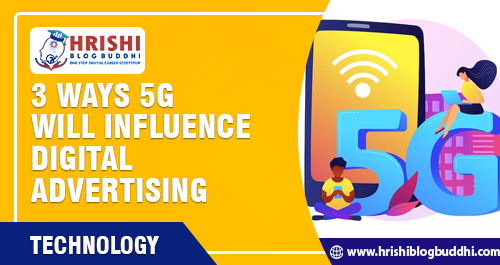More Real-Time Data for Better Decisions
Whether it’s a retail environment, a healthcare facility, or a power utility grid, 5G can deliver reliable data in real-time that can help an establishment make better decisions. Because it can transmit so much data so faster, a 5G network can process and gather data from multiple sources so people can actually view and address potential problems as they’re happening instead of trying to find out what went wrong after the fact. This enables for dynamic decision-making and rapid optimization that reflects the reality on the ground.
Expanded Industrial IoT
Manufacturers are already making extensive use of IoT sensors to optimize both logistics and production and monitor performance. Lower latency and maximized wireless flexibility will enable them to further streamline their infrastructure, develop semi-automated and interconnected smart factories, and maximize visibility throughout their supply chains.
Improved Healthcare Networks
Trips to the doctor’s office may become as rare as house calls, thanks to virtual visits allowed by low-latency, HD-quality wireless networks. Implanted or wearable medical devices will capture your vitals and transfer them to health care providers, enabling them to detect early warning signs of strokes, heart attacks, or other life-threatening events. High-speed wireless networks will also enable telesurgery, where specialists from one hospital control equipment in different facility hundreds of miles away. That day may be closer than you think.
Smart City Applications
Another 5G application that is exciting is smart city technology. Cities around the globe are experimenting with digital solutions that could improve safety, decrease traffic congestion, and make public services more efficient. Smart IoT sensors could potentially transfer data faster over 5G networks to notify commuters of traffic conditions, alert city officials of issues, or even notify people of open parking spaces.
Autonomous Vehicles
Self-driving cars may not quite be here in huge numbers just yet, but the lack of a powerful 5G network is one of the reasons why they’re not a more usual sight on the road. Since 5G is especially effective at transmitting data between moving objects, it will be absolutely vital to the success of autonomous vehicle networks, which will need to provide large amounts of data between vehicles. Other connectivity needs like remote diagnostics, operating system updates, predictive maintenance, in-car payments, and fleet management will be difficult to scale without the power of 5G networks.
Virtual Spaces
Thanks to 5G’s low latency and high-bandwidth, virtual and augmented reality could ultimately become a practical reality. VR telepresence apps will enable colleagues in distant cities to work “at the same time,” or sports fans to experience the roar of the Football crowd from their couches at comfort. While the major carriers are busy installing limited versions of 5G in cities around the globe, devices competent of accessing 5G networks are just beginning to appear, and ultra-high-speed deployments are still many years away.
In Short
With advanced technology like 5G, its performance and what it enables presents a great deal of incredibly dynamic opportunities to look forward to in the quickly evolving marketing landscape. It will not only reshape the advertising industry and the ways to reach and interact with audiences but also help marketers as they look to evolve brands and leverage much more as mobile speeds grow.







